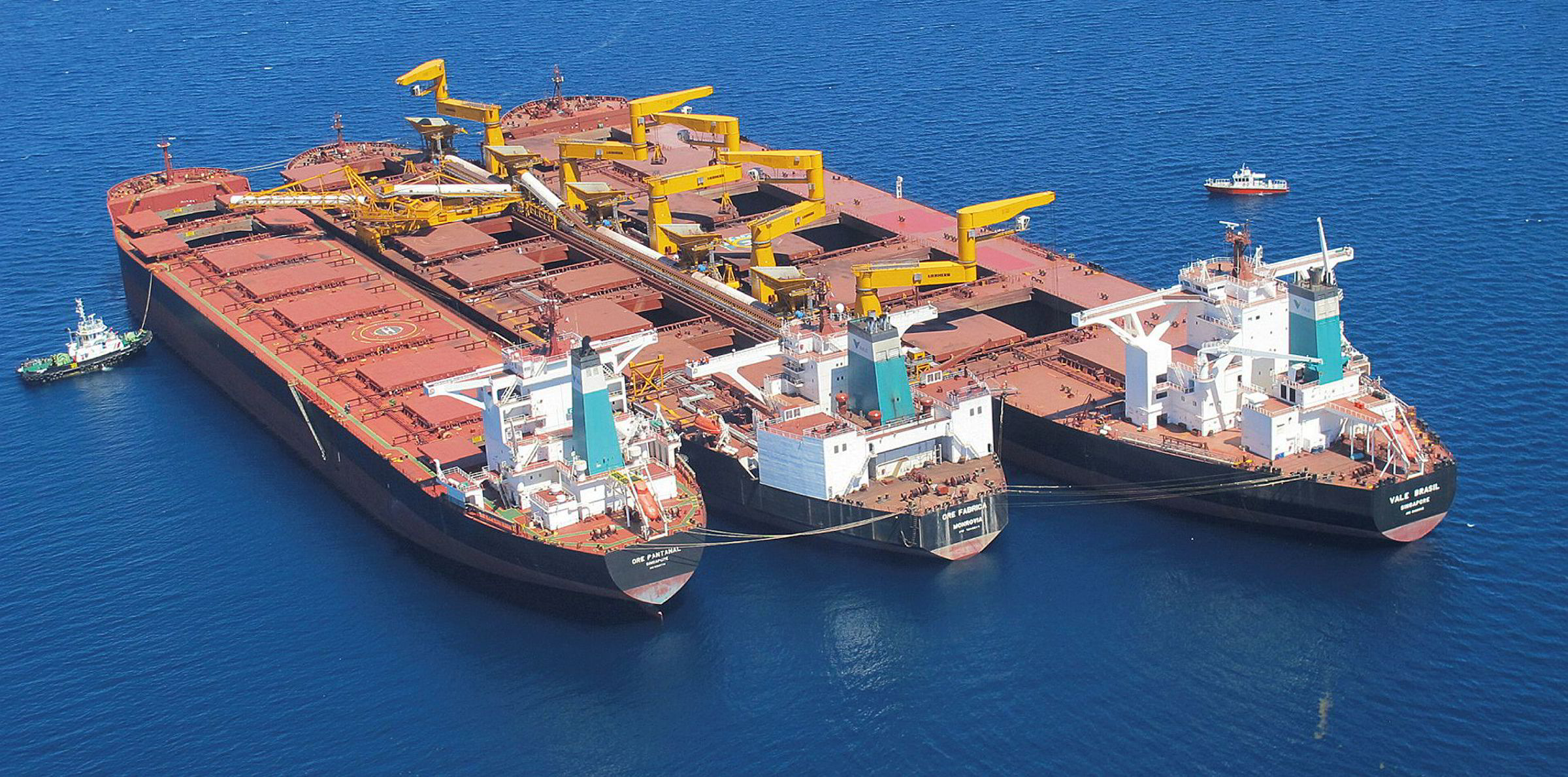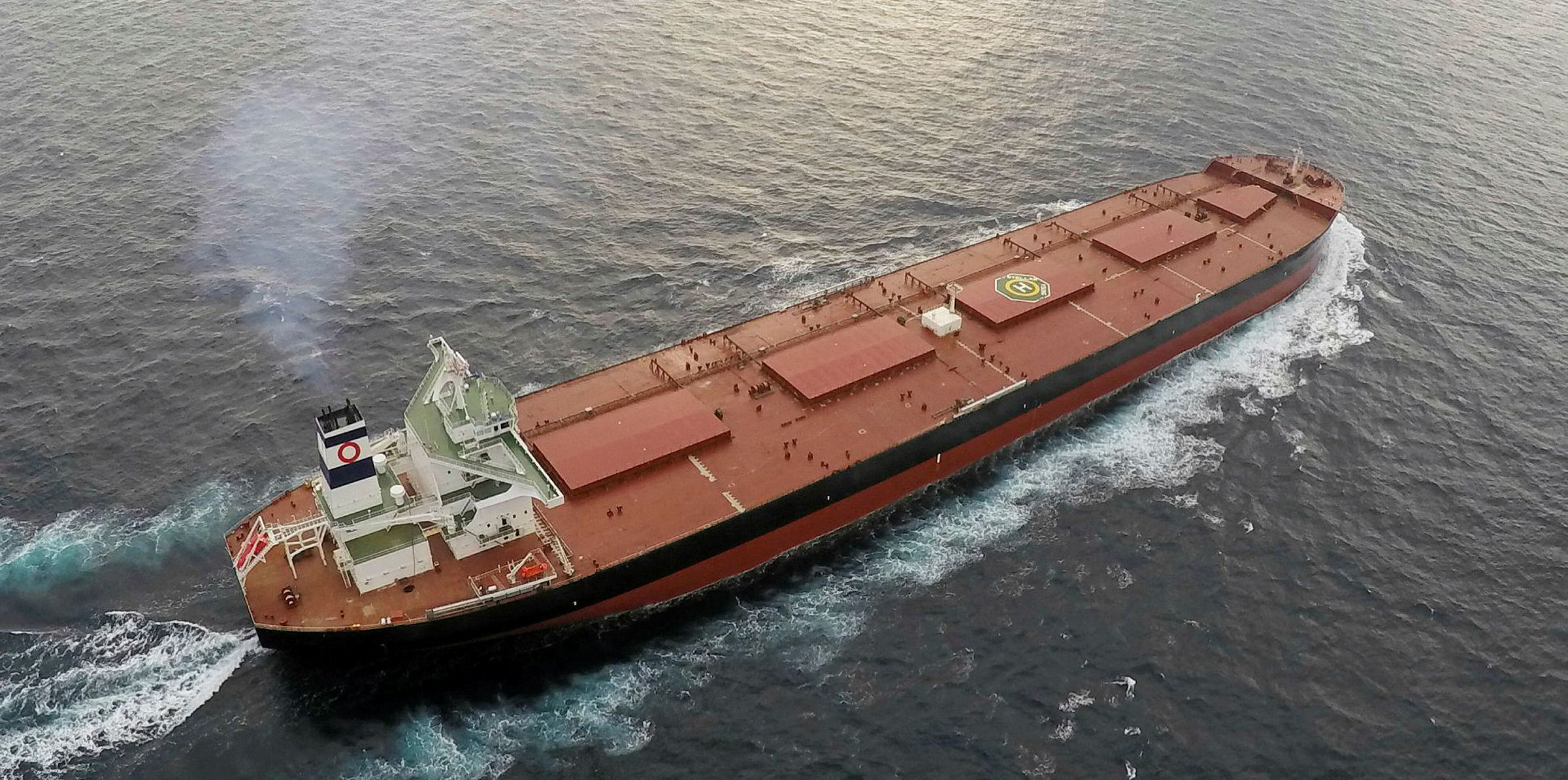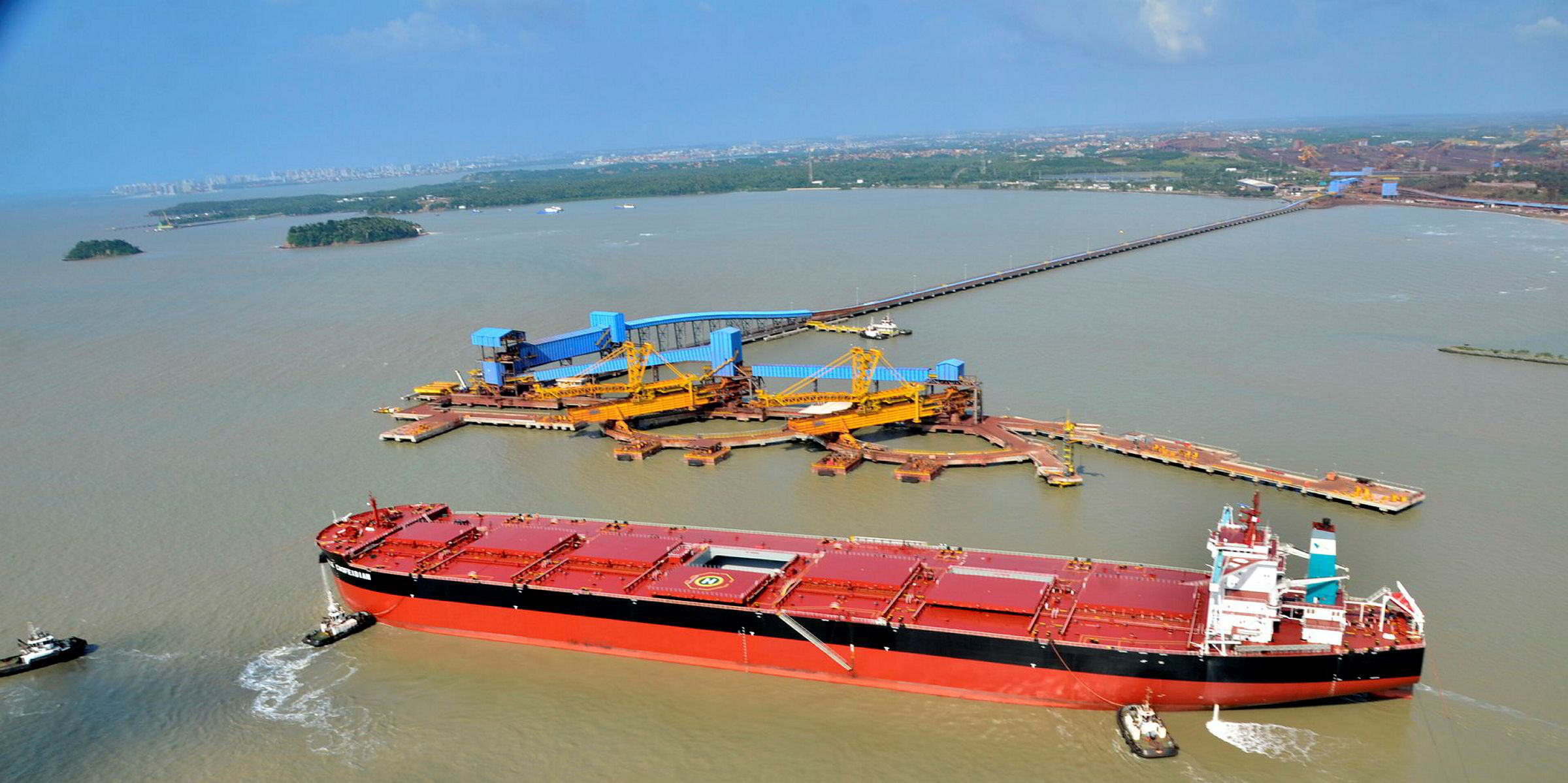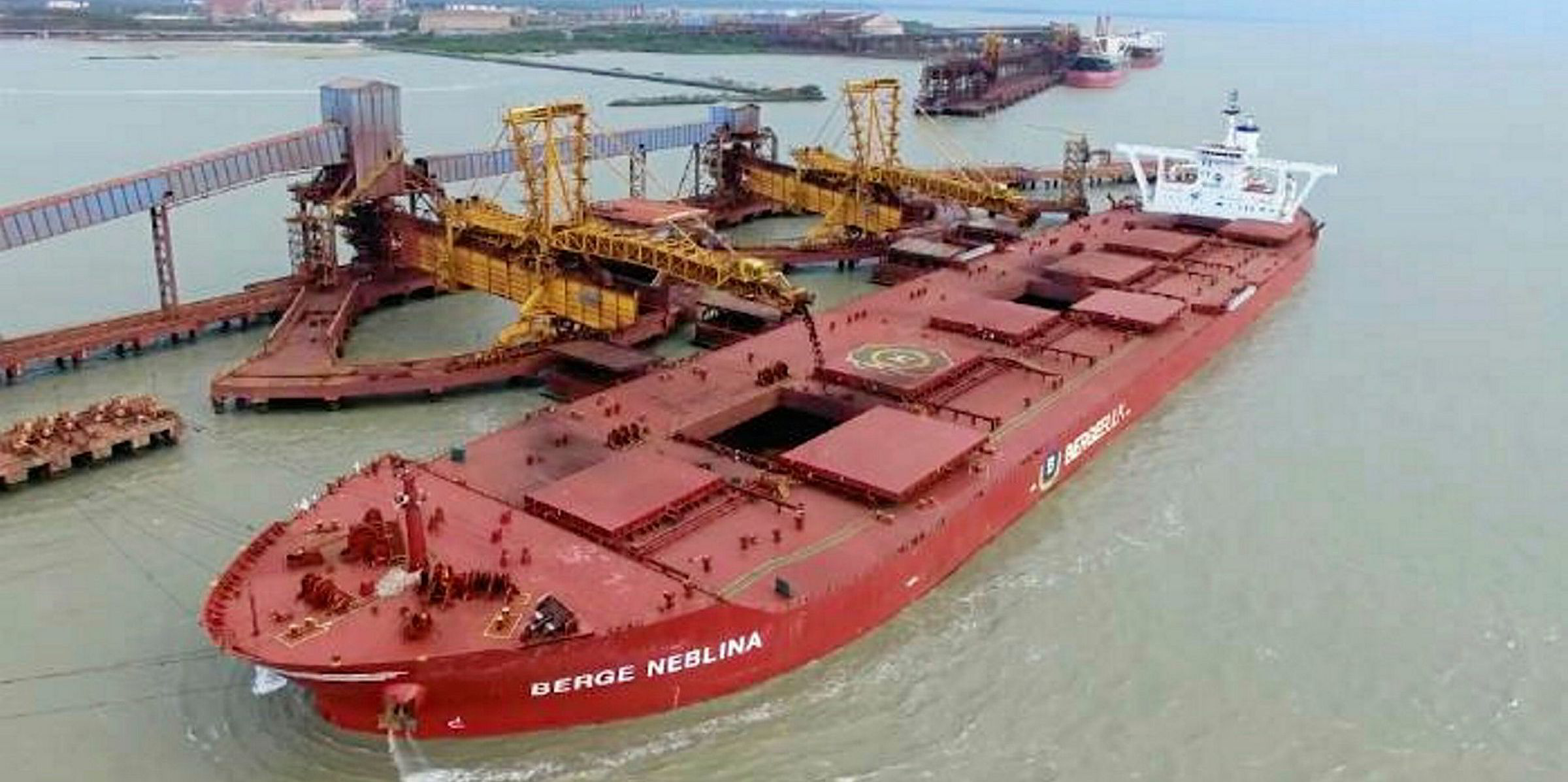Headwinds facing the dry cargo market extend beyond the impact of the Feijao disaster, Braemar ACM says.
Dry cargo rates have been in a tailspin this year with the Baltic Dry Index slumping to just 601 points on Friday.
Capesize vessels are earning just $8,200 per day with futures markets presently showing no indication of any upward momentum into the second quarter.







